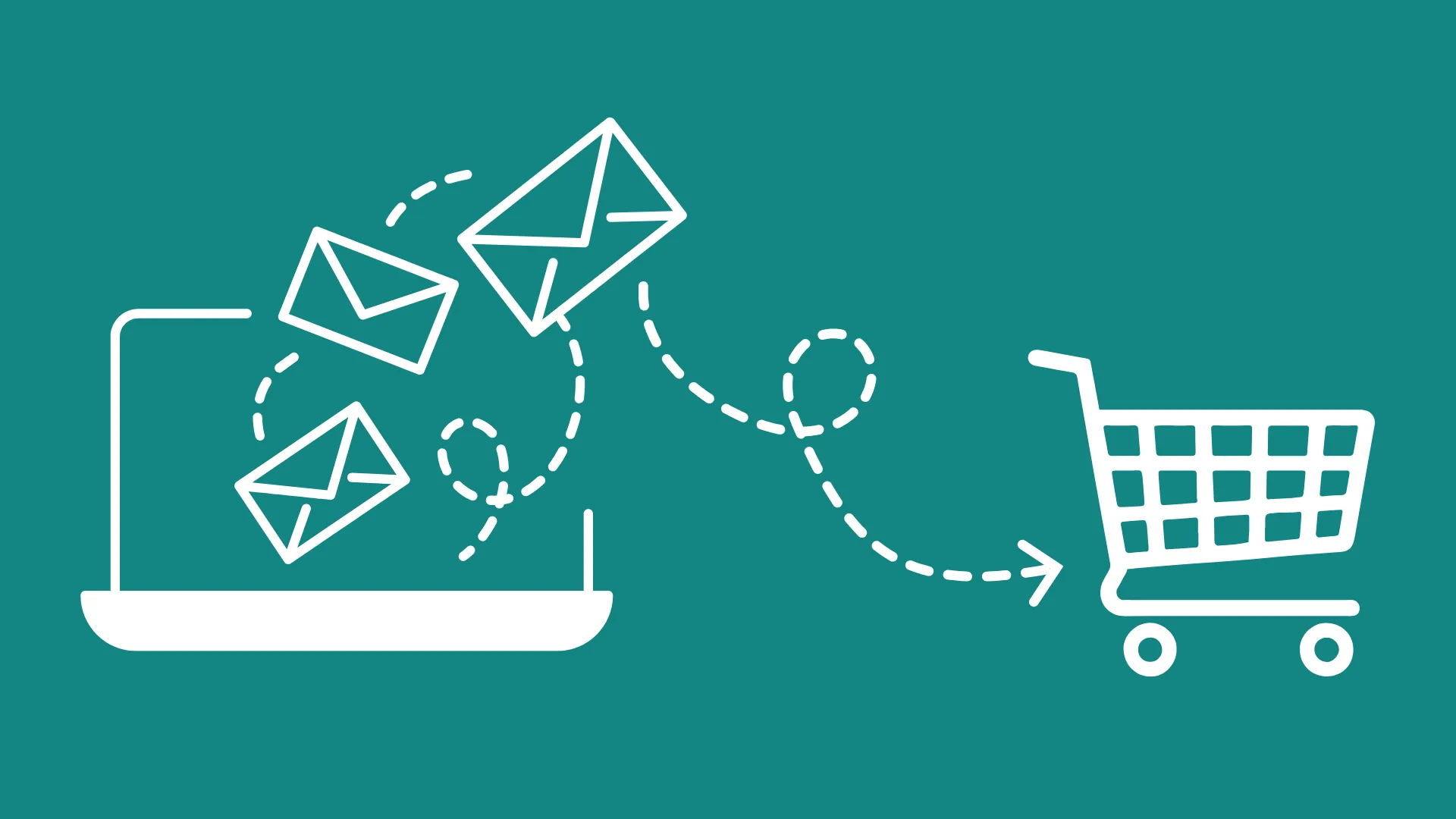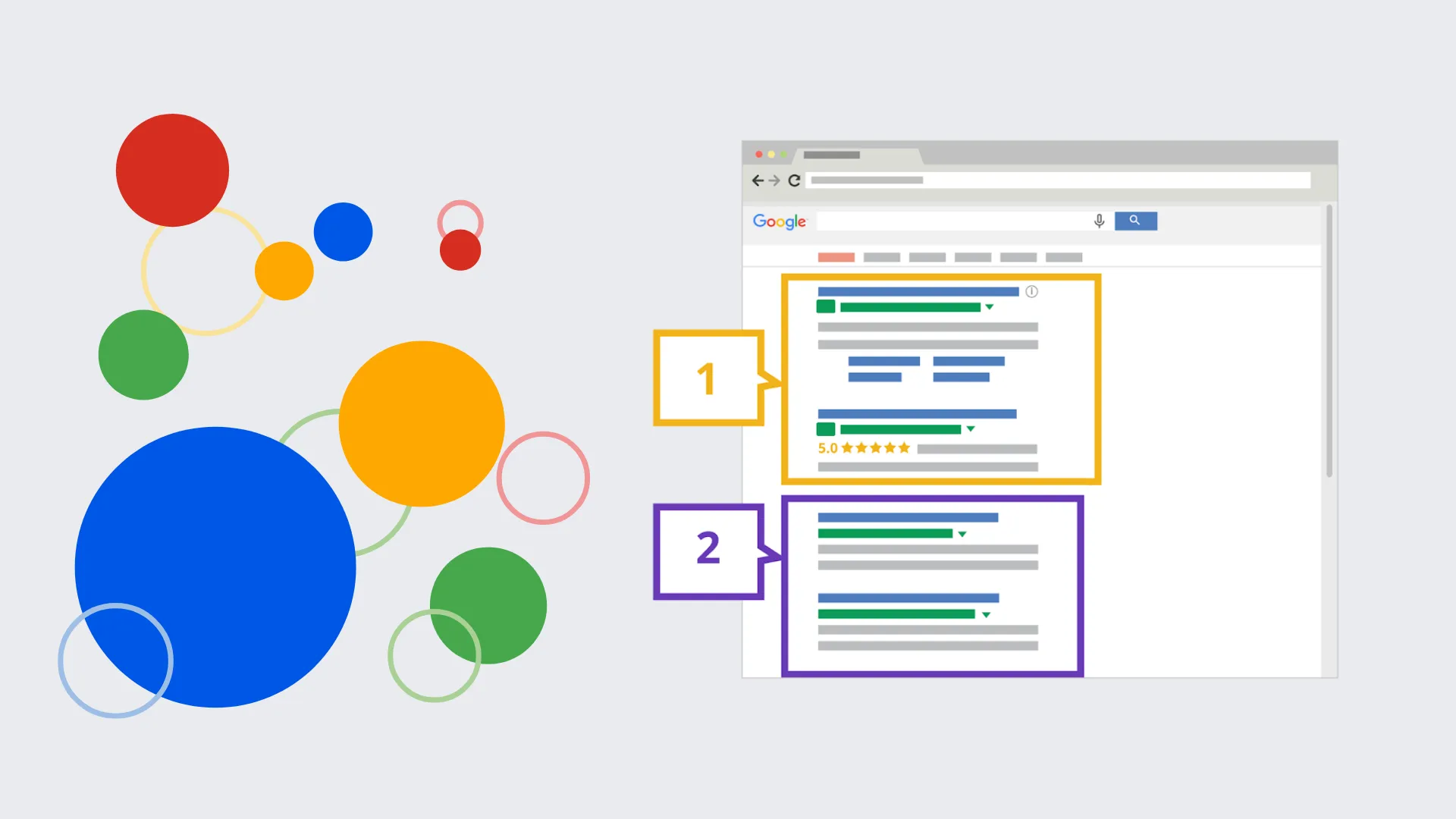A client of ours in the watersports game is heading into their quiet season as summer draws to a close. Quiet season = less sales. So, to generate hype we helped them launch a flash sale on products designed for storing gear during the winter months. These are items customers will soon need and get great use out of.
The result? A 20% increase in online sales and a doubled conversion rate. Even after the sale ended, customers have continued buying these specific products because it’s put them front of mind.
Moral of the story? With careful planning, a flash sale can be both profitable and impactful.
What is a Flash Sale?
A flash sale is a short-term, high-discount offer designed to create urgency and drive immediate sales. Typically lasting anywhere from a few hours to a few days, these sales encourage customers to act fast to snap up good deal. In fact, data from Shopify shows that flash sales can increase average order value by 35%.
However, they can also attract bargain hunters with little intention of becoming long-term customers – much like social media users who follow a brand during a giveaway and unfollow straight afterward.
When executed effectively, the benefits of a flash sale definitely outweigh the drawbacks.
How to Run a Successful Flash Sale
What separates a thriving flash sale from a disappointing one? Success lies in careful planning, a seamless customer experience and the right promotional strategy. Here are the key steps:
1. Define Clear Goals
Every flash sale should have a well-defined objective. Are you looking to acquire new customers, move excess inventory or boost brand awareness?
For customer acquisition, discount popular items to attract first-time buyers. If clearing stock is the goal, bundle slow-moving products with bestsellers. A clear strategy will help you choose the right products and pricing model for maximum return on investment.
2. Keep It Simple, Stupid (KISS)
This is where you need to remember the rule of KISS. Don’t make customers jump through hoops to take advantage of the sale. A convoluted process will only deter potential buyers. Ensure your discounts are straightforward and easy to understand.
3. Target the Right Audience
Think about what your customers need and when they need it. Our watersports client, for instance, targeted existing customers with a timely add-on product for winter storage – and it worked!
4. Create a Sense of Urgency
A successful flash sale relies on urgency. Use countdown timers on product pages and your homepage to encourage immediate action. Real-time stock alerts like “Only 3 left in stock” can further drive conversions.
5. Promote the Sh** Out of Your Sale
A great discount is meaningless if no one knows about it. Promote your flash sale across email, social media, SMS, and paid ads.
Email marketing is probably the most effective tool for flash sales. A high-performing campaign should include:
- A teaser email a few days before the sale
- A launch email announcing sale
- Reminder emails to sustain urgency
- A final call-to-action email before the sale ends
6. Nurture, nurture, nurture!
A flash sale should do more than generate quick revenue; it should build customer loyalty. The best way to do this is by following up with personalised post-sale engagement.
After the sale ends, send a ‘thank you’ email to show appreciation for their purchase. This is also a great opportunity to offer a special discount on their next order. Additionally, encourage reviews and user-generated content to strengthen social proof and attract future buyers.
Best Practices for Running A Flash Sale
Flash sales should leave customers with a positive perception of your brand. Consider the following:
Can my website handle high traffic?
Nothing kills momentum faster than a crashing website. Have you ever tried to buy tickets for a footy final or a concert? That’s a gripe for another day…
When traffic spikes, unprepared servers can lead to lost sales and frustrated customers. Work with your hosting provider to ensure your website can handle surges. Caching and lazy loading can also improve page load speeds during peak traffic.
Is my inventory system synced in real-time?
Overselling can damage your brand’s credibility. Ensure your inventory updates in real-time across all channels. If stock runs out, your system should mark it as “out of stock” immediately. To prevent bulk buyers from clearing inventory too quickly, set purchase limits per customer.
Is checkout fast and user-friendly?
Nearly 70% of online shoppers abandon their carts due to friction in the checkout process. Make checkout fast and intuitive by minimising steps, offering guest checkout and supporting multiple payment methods like Apple Pay and Google Pay.
By setting clear goals, creating urgency, optimising website performance, promoting effectively and streamlining checkout, you can run a highly profitable flash sale while keeping customers engaged and satisfied.

Once upon a time, Black Friday was a single weekend event that followed Thanksgiving in the U.S. It's basically their version of Boxing Day sales but with [...]

People are opening your emails. They’re clicking your links. But… they still haven’t converted. You're first reaction is probably, "My emails aren't working." But that's not actually [...]

We’ve entered a new era of marketing - one where your content is no longer just read by people. It’s interpreted by AI. From Google’s Search Generative [...]

For months, we’ve all been wondering what the future holds for Google Ads with AI Overviews and the new AI Mode changing the way people interact with [...]

It’s not your imagination - social media feels a little quieter these days. Posts that once racked up likes, comments and shares are now met with a [...]

Something has shifted online this year, and if you work in marketing, you’ve felt it. Feeds feel noisier, yet somehow emptier. Search results loop endlessly. Trends peak [...]

Engaging with your audience may be more powerful than most social media teams realise. A new data study from Buffer has revealed that responding to comments on social [...]

Once upon a time, Black Friday was a single weekend event that followed Thanksgiving in the U.S. It's basically their version of Boxing Day sales but with [...]

People are opening your emails. They’re clicking your links. But… they still haven’t converted. You're first reaction is probably, "My emails aren't working." But that's not actually [...]

We’ve entered a new era of marketing - one where your content is no longer just read by people. It’s interpreted by AI. From Google’s Search Generative [...]

For months, we’ve all been wondering what the future holds for Google Ads with AI Overviews and the new AI Mode changing the way people interact with [...]

It’s not your imagination - social media feels a little quieter these days. Posts that once racked up likes, comments and shares are now met with a [...]

Congratulations. You’ve already beaten the odds. On average, 8 out of 10 people will read the headline of a piece of content - but only 2 out [...]

AI tools like ChatGPT, Google Gemini and Perplexity are quickly becoming part of how people discover websites. Instead of searching Google directly, users are asking AI tools [...]

We often hear that attention spans are decreasing, particularly among Gen Z. Social media platforms like TikTok and Instagram are often blamed, with headlines suggesting that endless [...]

